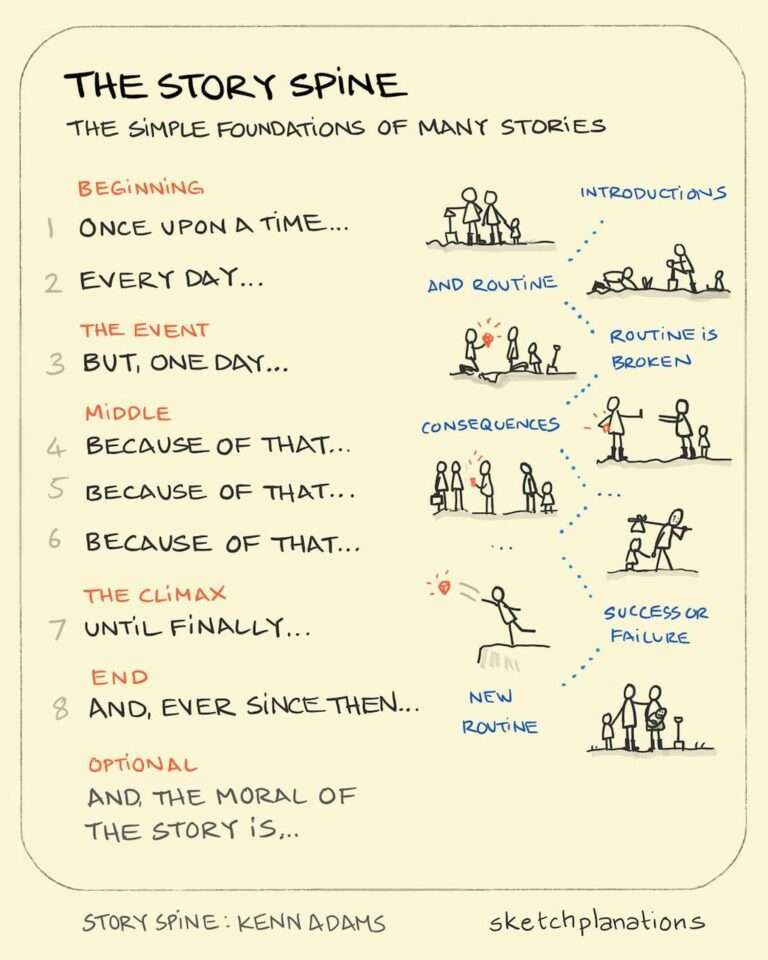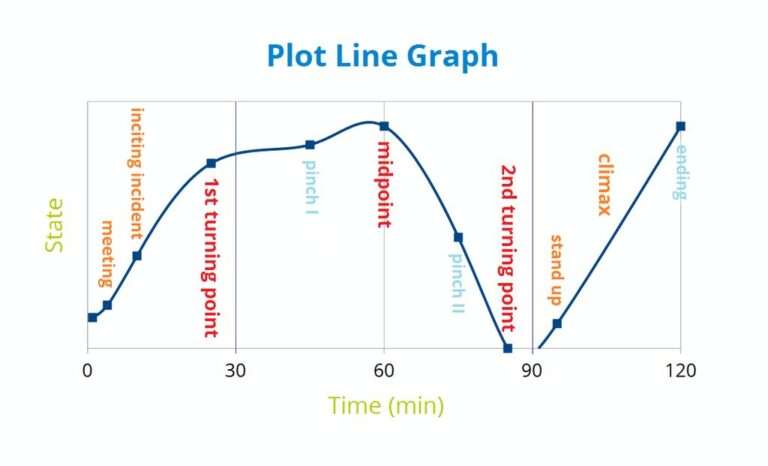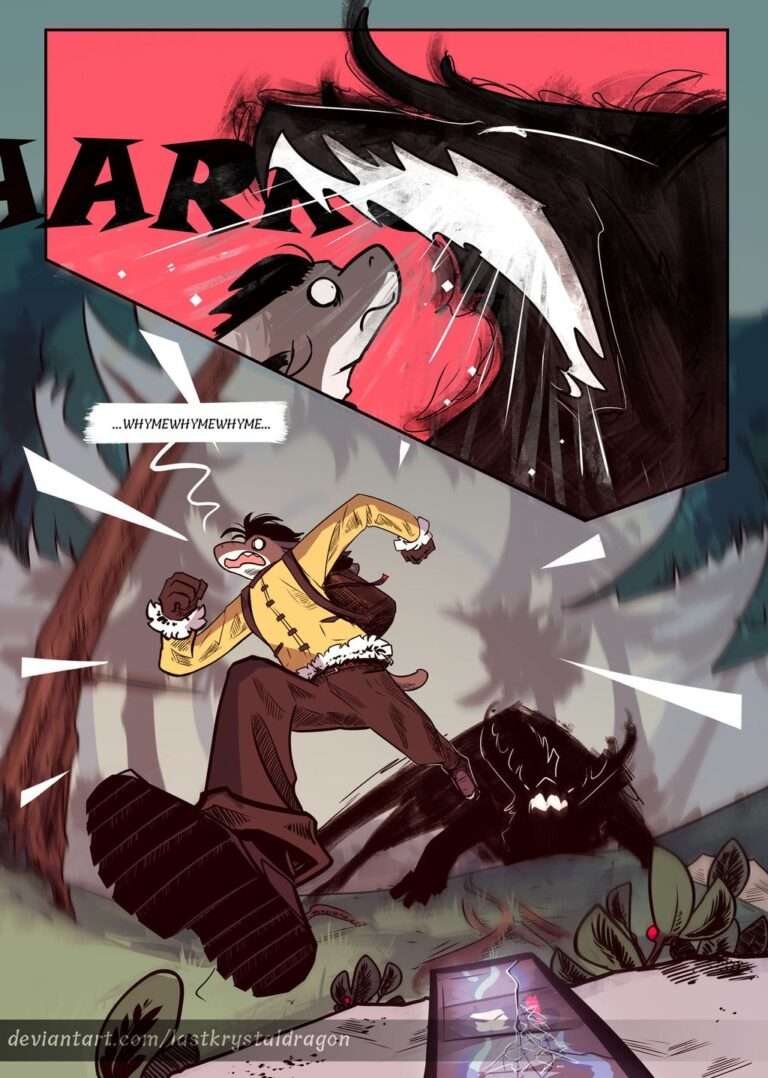The Mountain: Climbing and Descending the Narrative Arc
Overview
Introduction
The mountain is a powerful metaphor for the narrative arc in storytelling. Just as climbers face challenges and obstacles on their journey to the summit, characters in a story must overcome conflicts and reach a resolution. This article explores the process of climbing and descending the narrative arc, examining the key elements of building tension, reaching the climax, and resolving conflict. By understanding this narrative structure, writers can create compelling and engaging stories that captivate their readers. Join us as we embark on this literary expedition, exploring the highs and lows of the narrative arc and uncovering the secrets to crafting unforgettable tales.
<!– CTA: Interested in learning more about storytelling techniques? Check out Unifire’s storytelling course for writers! –>
<!– How to Section: Stay tuned for our upcoming articles on specific techniques for building tension, creating memorable climaxes, and resolving conflicts in your stories. –>
Setting the Stage
Before embarking on the journey of climbing the narrative arc, it is important to set the stage and establish the foundation of the story. This involves introducing the main characters, their motivations, and the world they inhabit. The setting should be vividly described, creating a sense of time and place that immerses the reader into the story. Additionally, any conflicts or challenges that the characters will face should be hinted at, building anticipation and curiosity. By setting the stage effectively, the reader is primed for the adventure that lies ahead.
The Challenge
The challenge in climbing the narrative arc lies in building tension and creating a sense of anticipation for the reader. It requires carefully crafting the plot and developing the characters to engage the audience and keep them invested in the story. Additionally, reaching the climax of the narrative arc is a crucial aspect that requires skillful storytelling to create a powerful and impactful moment. Overcoming obstacles throughout the narrative arc adds depth and complexity to the story, keeping the reader engaged and invested in the protagonist’s journey. To successfully navigate the challenge of climbing the narrative arc, writers must carefully structure their story and create compelling conflicts and resolutions.
Climbing the Narrative Arc
Building Tension
In the process of climbing the narrative arc, building tension is a crucial element. This is where the story begins to take shape and the stakes are raised. The reader is introduced to conflicts, obstacles, and challenges that the protagonist must face. The tension builds gradually, creating a sense of anticipation and suspense. The author skillfully uses descriptive language and vivid imagery to immerse the reader in the story. As the tension increases, the reader becomes more invested in the outcome, eagerly turning the pages to see how the protagonist will overcome the obstacles in their path. This stage of the narrative arc sets the stage for the climax, where the tension reaches its peak and the story takes a dramatic turn. It is during this phase that the reader is on the edge of their seat, eagerly awaiting the resolution of the conflicts introduced earlier. Building tension is a delicate art, requiring the author to carefully balance pacing, character development, and plot progression. It is through this process that the reader becomes emotionally engaged with the story, forming a connection with the characters and their journey. The building tension phase is a crucial part of the narrative arc, laying the foundation for the climactic moments that lie ahead.
Reaching the Climax
The climax is the turning point of the narrative arc, where the tension reaches its peak and the protagonist faces their greatest challenge. It is the moment of highest emotional intensity and often determines the outcome of the story. In this section, we explore how to effectively build up to the climax, creating suspense and anticipation in the reader. We also discuss the importance of a satisfying climax that resolves the main conflict and leaves a lasting impact. By understanding the elements that contribute to a powerful climax, writers can create a memorable and impactful story that resonates with readers. To learn more about crafting a compelling climax, check out the resources and writing tools available at Unifire. Take your storytelling to new heights and captivate your audience with unforgettable climactic moments.
Descending the Narrative Arc
Resolving Conflict
Resolving conflict is a crucial step in the narrative arc. It is the point where tensions reach their peak and the protagonist faces their greatest challenge. In this stage, the conflict is confronted head-on, leading to a resolution that brings closure to the story. This resolution can take various forms, such as a decisive victory, a compromise, or a realization that changes the protagonist’s perspective. It is through the resolution of conflict that the story finds its direction and sets the stage for the falling action and the conclusion. Bold choices and decisive actions are often required to effectively resolve conflict and propel the narrative forward.
After the major conflict is resolved, the story enters the falling action phase, where the intensity gradually decreases. This phase allows for a sense of relief and closure as loose ends are tied up and the consequences of the conflict are explored. It provides an opportunity for reflection and introspection as the protagonist comes to terms with the events that unfolded.
To effectively wrap up the narrative arc, it is important to address any remaining loose ends and provide a satisfying conclusion. This can involve resolving subplots, revealing the ultimate fate of the characters, or offering final thoughts and reflections on the journey. The conclusion should leave the reader with a sense of fulfillment and provide closure to the story.
In conclusion, resolving conflict is a crucial stage in the narrative arc that propels the story towards its climax and sets the stage for the falling action and conclusion. It requires bold choices and decisive actions to effectively resolve the conflict and bring closure to the story. By addressing loose ends and providing a satisfying conclusion, the narrative arc can be completed, leaving the reader with a sense of fulfillment. Join the Unifire movement and scale your authentic content to new heights. Visit Unifire to learn more and unleash your creativity.
Falling Action
After the climax of the narrative arc, the falling action serves as a bridge between the intense conflict and the resolution. It allows the story to gradually wind down and tie up loose ends. In this phase, the tension begins to dissipate, and the characters and readers alike can catch their breath. However, this does not mean that the falling action lacks significance. On the contrary, it provides an opportunity for reflection and introspection. The characters may experience a sense of relief or regret, and the readers can gain deeper insights into the consequences of the climax. The falling action sets the stage for the resolution and serves as a transition into the final phase of the narrative arc.
Wrapping Up Loose Ends
As you reach the end of your journey, it’s time to tie up all the loose ends and bring resolution to the various conflicts and storylines that have been introduced. The Wrapping Up Loose Ends phase of the narrative arc is crucial for providing closure and satisfying the reader’s need for resolution. In this phase, all the loose threads are woven together, and the final outcomes and consequences of the characters’ actions are revealed. It is during this phase that the significance of earlier events becomes clear, and the reader gains a deeper understanding of the story’s themes and messages. One example of Wrapping Up Loose Ends is when the protagonist finally confronts their fears and overcomes the challenges they have faced throughout the story, such as reaching the summit of the Skirling Pass. This moment of triumph brings a sense of fulfillment and accomplishment, leaving the reader with a satisfying conclusion to the narrative.
CTA: Unifire
Ready to embark on your own narrative journey? Explore the world of storytelling with Unifire, a powerful tool that helps you craft engaging narratives and bring your stories to life. Whether you’re a beginner or an experienced writer, Unifire provides the resources and guidance you need to create compelling narratives that captivate your audience. Start your storytelling adventure with Unifire today!
How to Wrap Up Loose Ends
- Identify all the loose ends and unresolved conflicts in your story.
- Determine the most important loose ends that need resolution.
- Develop a plan for tying up each loose end, ensuring that the resolution is satisfying and meaningful.
- Provide closure for each character’s arc, showing the consequences of their actions and the growth they have experienced.
- Reflect on the themes and messages of your story, ensuring that the resolution aligns with the overall narrative.
- Revise and edit your ending to ensure it provides a sense of satisfaction and closure for the reader.
By following these steps, you can effectively wrap up loose ends in your narrative and provide a satisfying conclusion that leaves a lasting impact on your readers.
Conclusion
Reflecting on the Journey
Throughout the climb and descent of the narrative arc, one key insight that emerges is the importance of tension and conflict in driving the story forward. Building tension creates anticipation and keeps readers engaged, while conflict provides opportunities for growth and character development. The resolution of conflict is a crucial element in the descending phase of the arc, as it allows for a satisfying conclusion and closure for the reader. Another significant aspect is the role of obstacles in the narrative. These obstacles serve as challenges that the protagonist must overcome, adding excitement and suspense to the story. As the narrative arc reaches its climax, the intensity and stakes are at their highest, providing a thrilling experience for the reader. Overall, the journey of climbing and descending the narrative arc is a dynamic and captivating process that captivates readers and leaves a lasting impact.
Final Thoughts
In conclusion, climbing and descending the narrative arc is a challenging yet rewarding journey for both writers and readers. Throughout the article, we have explored the various elements of the narrative arc, from building tension and reaching the climax to resolving conflict and wrapping up loose ends. We have discussed the importance of creating depth in storytelling and prioritizing the emotional impact on the audience. Additionally, we have highlighted the need for constant innovation and growth in the world of storytelling. As Smart Creators, it is crucial to remain open to new ideas and techniques, always striving to deliver high-quality content that resonates with our audience. By embracing the narrative arc and its components, we can create compelling narratives that leave a lasting impression. Remember, the journey is just as important as the destination. So, let’s continue to climb and descend the narrative arc, pushing the boundaries of storytelling and inspiring others along the way.
In conclusion, Unifire is the ultimate tool for extracting summaries, keywords, and titles from your podcast and repurposing your content. With Unifire, you can save time and effort by automating the process of generating valuable content. Whether you’re a content creator, marketer, or podcaster, Unifire can help you optimize your content strategy and reach a wider audience. Don’t miss out on the opportunity to enhance your content creation workflow. Visit Unifire today and start maximizing the potential of your podcast content!








